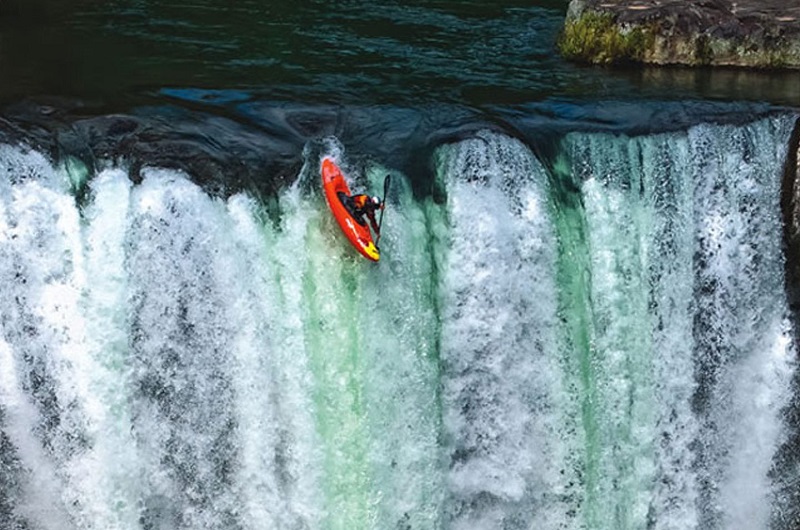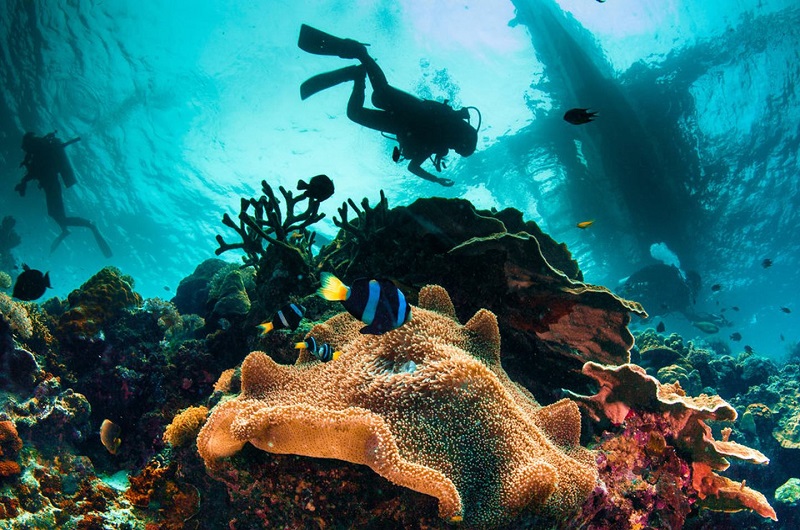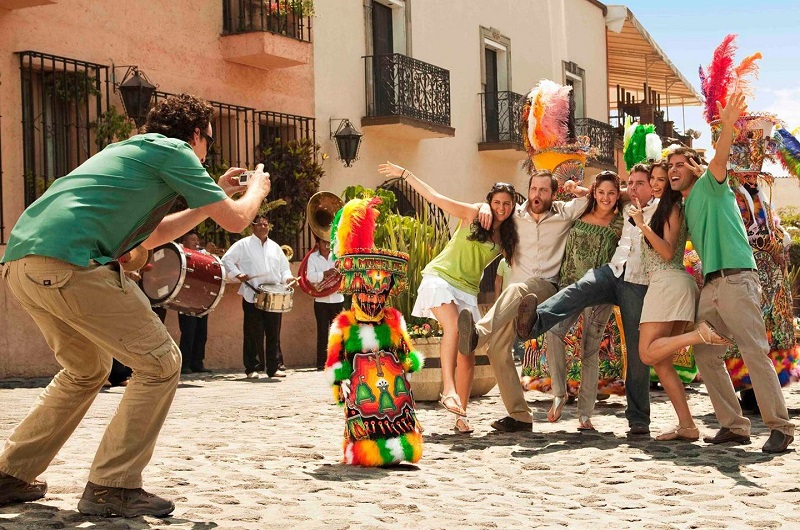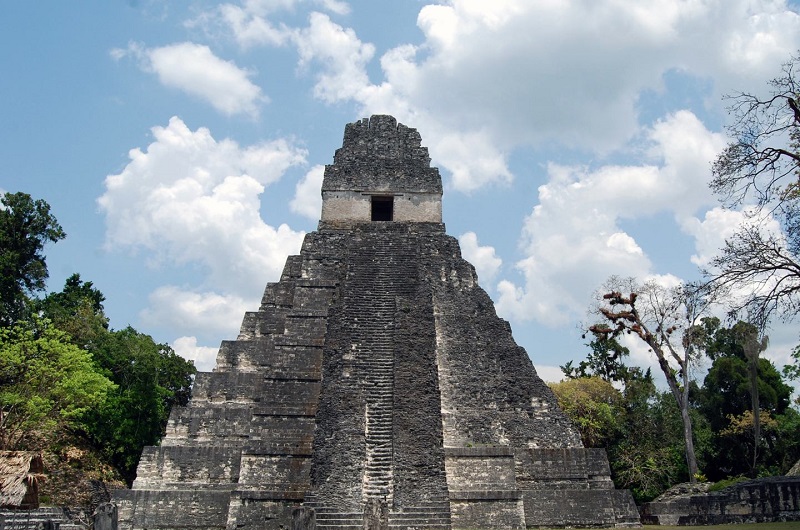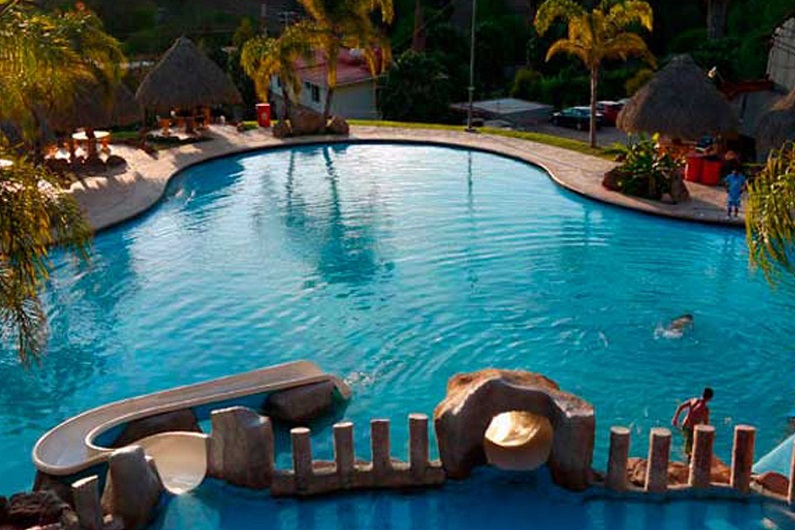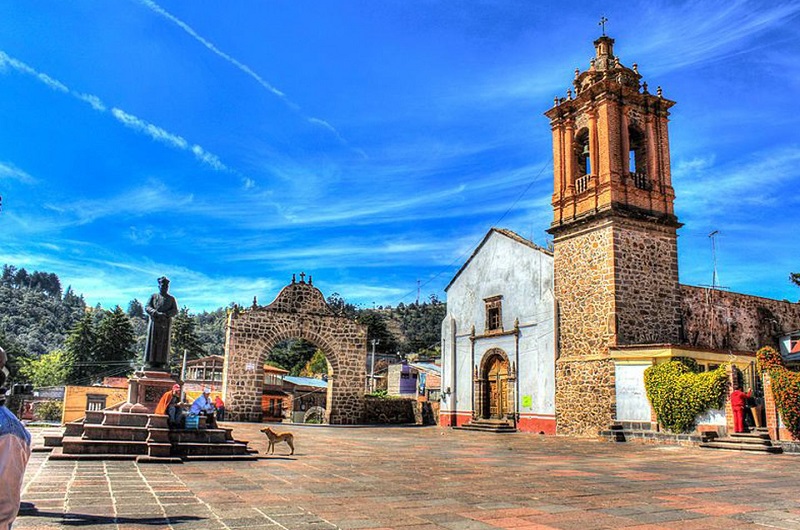It attracts tourists who are motivated to learn about and enjoy the material and spiritual cultural characteristics of certain peoples, societies or their specific facets.
It includes music and dance enthusiasts from pre-Columbian times who visit the festivals and festivals where these cultural manifestations take place, such as the Guelaguetza in Oaxaca or the Parachicos de la Fiesta Grande in Chiapa de Corzo.
This class includes architectural or monumental tourism that attracts people interested in seeing pre-Hispanic buildings, museums, churches, and monuments from an artistic and cultural perspective.
Also those who attend book fairs and literary festivals (like the Guadalajara Book Fair) to meet writers and get them to stamp their autograph on a copy of their latest novel.
A sub-category that can be entered here is tourists who get to know the locations of great films (cinema tourism) or Dan Brown fans who travel to take the same tours to the characters of his famous novels, albeit in a different way. Less hectic.
Funeral tourists can also be considered here, people who travel to visit people's graves because they admire them or because of the beauty of their mausoleums.
The grave of José Alfredo Jiménez - in the Dolores Hidalgo cemetery - is well visited, both for the appreciation the songwriter enjoyed and for the mausoleum shaped like a giant charro hat.

